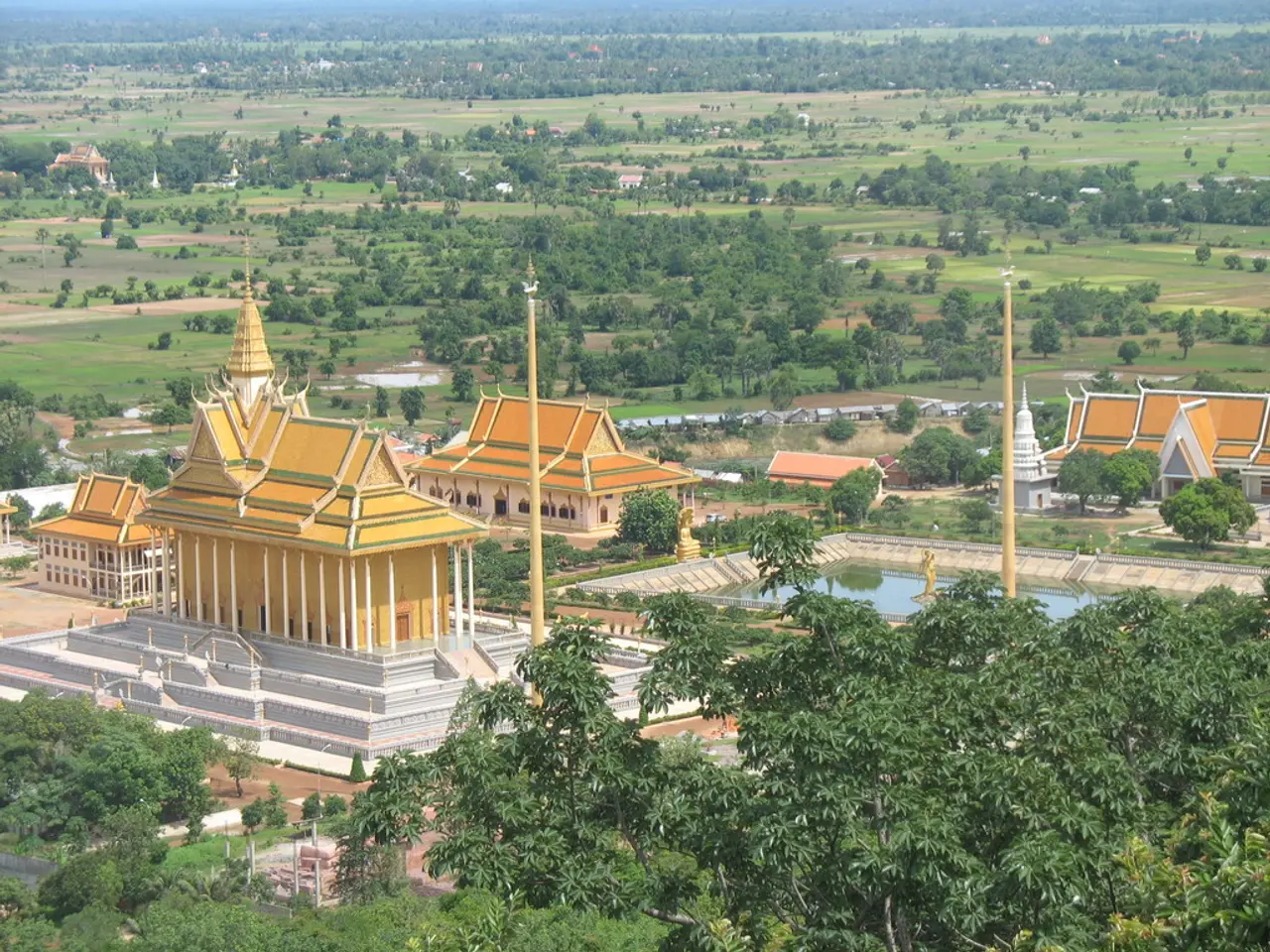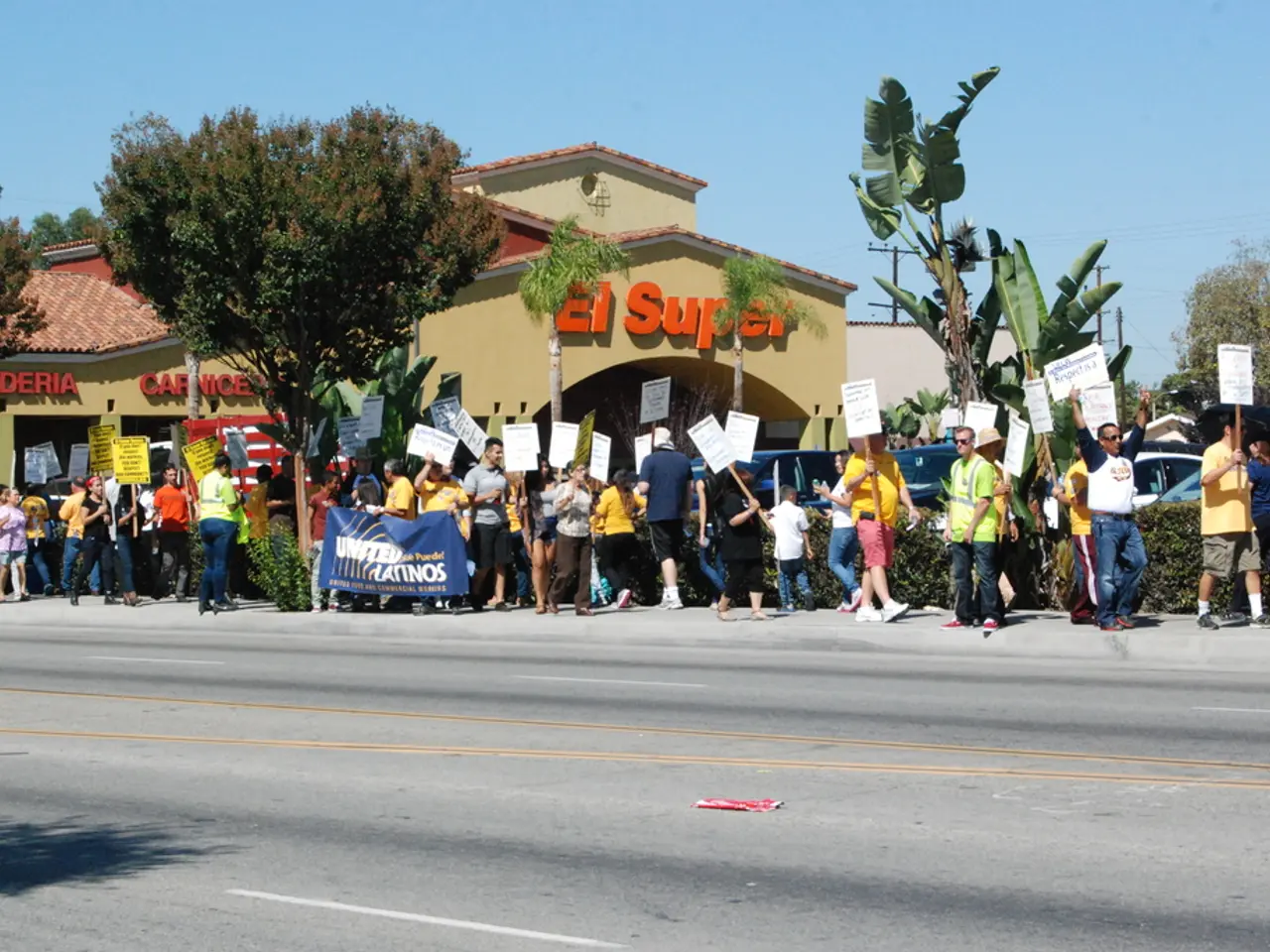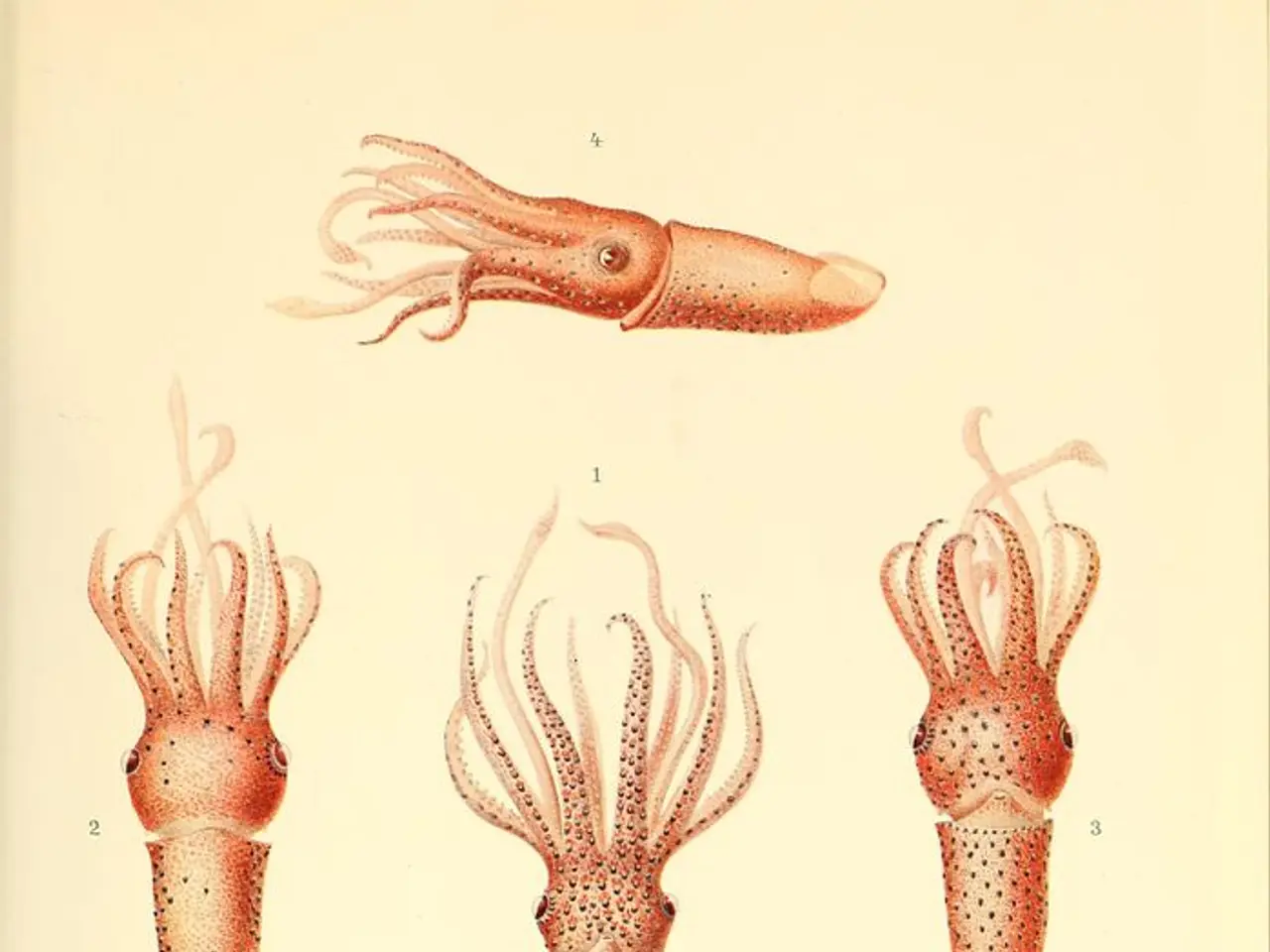Fire of Rome on July 18, 64: A Significant City Conflagration
=====================================================================
In the year 64 AD, a catastrophic fire broke out in Rome, burning for over a week and destroying large parts of the city [1]. This event, known as the Great Fire of Rome, remains a subject of historical debate, with the motives, accusations, and consequences surrounding the Roman Emperor Nero at the centre of the discussion.
Motives and Accusations
Ancient sources like Tacitus and Suetonius record suspicions and accusations that Nero had a role in starting the fire, but they provide no concrete proof [2]. Tacitus states that Nero blamed the Christians for the fire to divert public anger from himself and used them as scapegoats for a "most mischievous superstition," resulting in severe persecution of Christians [1]. Suetonius mentions punishment inflicted on Christians but does not link it directly to the fire [1]. Christian tradition and later interpretations cast Nero as an exceptionally malevolent figure possibly responsible for the catastrophe [1].
Historical Context and Nero's Actions
Contrary to accusations, some evidence suggests that Nero was not even in Rome when the fire started but returned to organize relief efforts [4][5]. After the fire, Nero implemented new urban planning and building regulations aimed at preventing future disasters, suggesting a motive to rebuild rather than destroy Rome deliberately [3].
Consequences
The immediate consequence of Nero’s blaming Christians was the first organized persecution of Christians in the Roman Empire, marked by torture and executions as described by Tacitus [1]. The fire also reshaped Rome’s architecture and prompted regulatory reforms [3].
Financial Burden
To finance his rebuilding projects and other expenses, Nero forced Roman citizens to pay into a "voluntary" fund and reduced the amount of gold in the coins [6][7]. Additionally, Nero raised taxes on the provinces, which contributed to a popular revolt against him due to his greed and tax burden [8].
Nero's Legacy
Nero, who became the Roman Emperor in 54 AD, is known for his controversial reign, including the murder of his stepbrother and mother [9]. Despite his extravagant spending on entertainment, which depleted the Roman Treasury, he spent fortunes rebuilding Rome after the Great Fire [10]. Nero built a new palace named the Domus Aurea after the Great Fire, a project which had been strongly opposed by the Roman senate [11]. In 68 AD, Nero was forced to leave office and commit suicide due to discontent with his rule and actions [12].
In summary, while Nero was accused by some ancient sources of having started the Great Fire of Rome, modern historical analysis finds no definitive evidence of his direct responsibility. Instead, he used Christians as scapegoats for political reasons, which led to their persecution, and he enacted reforms to rebuild Rome after the fire [1][3][4][5]. The causes of the Great Fire of Rome remain a subject of controversy.
References:
- Tacitus, Annals 15.44
- Suetonius, Nero 37-38
- Cassius Dio, Roman History 62.14
- Suetonius, Nero 38
- Tacitus, Annals 15.45
- Suetonius, Nero 39
- Cassius Dio, Roman History 62.15
- Tacitus, Annals 15.44
- Suetonius, Nero 36
- Suetonius, Nero 39
- Tacitus, Annals 15.44
- Suetonius, Nero 46
Gold was used by Nero to finance his rebuilding projects after the Great Fire of Rome, as he reduced the amount of gold in the coins [6][7].
Despite the persecution of Christians due to Nero blaming them for the fire [1], the General-news surrounding the Great Fire of Rome remains a subject of controversy in contemporary Political-discussions, with theories debated regarding Nero's involvement in the fire [1][3][4][5].







